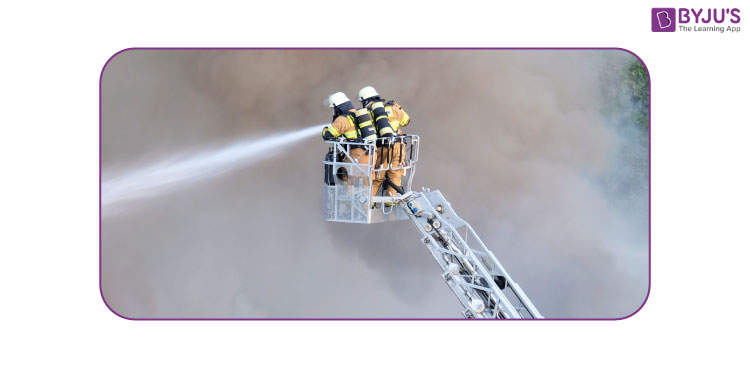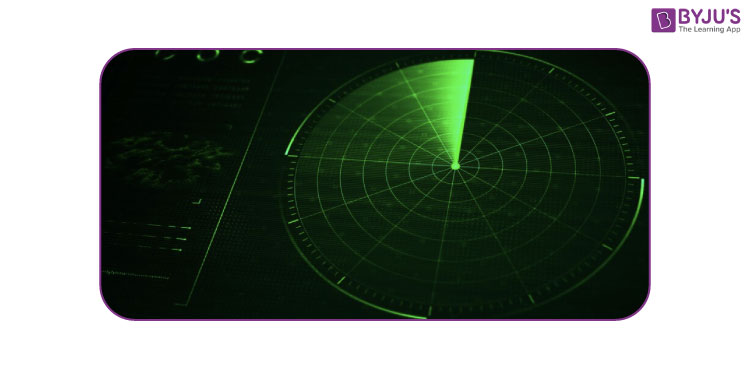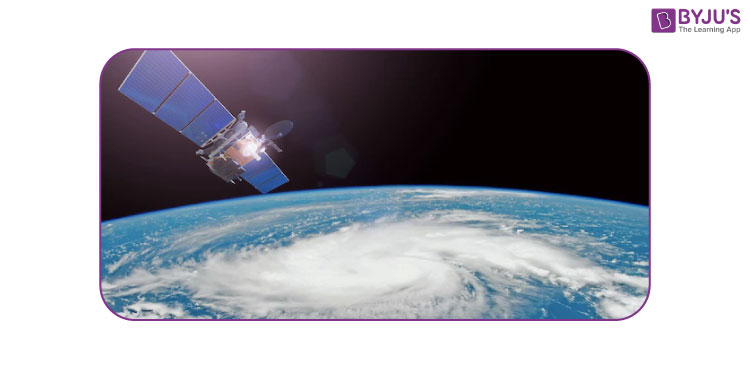We read about the rescue operations undertaken upon an occurrence of a calamity. The images in the newspaper show safety boats carrying people from the affected areas to the community centres where they are provided with relief and shelter. These relief operations are arranged by the government or non-profit organisations under the disaster management department. Apart from these relief operations the department of disaster management also plays some rules and safety measures to prevent the losses during these calamities. In this article, we will discuss the safety measures undertaken during a cyclone and the role of technology in spreading awareness and warning.
|
Table of Contents: |
Safety Measures
Local councils and building control authorities lay standards for the structure of buildings that can sustain damage during a cyclone. These standards are taken care of while constructing buildings in cyclone-prone areas.

- Community warning service such as loudspeakers, conches, drums or any traditional warning system is used to telecast the weather forecast. Cyclone shelters and safe houses are constructed for providing shelter to inhabitants of the affected areas. As a safety measure, an emergency kit containing a portable radio, torch, spare batteries, stock of dry food, matches, fuel lamps, portable stove, cooking utensils, waterproof bags, first aid kit, a plastic rope etc are kept handy.
- As a part of safety measures, the roofs, walls and window sills of houses near the cyclone-prone areas are regularly checked for cracks. And these are covered with bamboo, net or plastic for reinforcement. The loose materials that can blow and cause damage during extreme winds are cleared off. A list of emergency addresses and phone numbers along with the contact of government offices and agencies responsible for search rescue and relief operations in the area are kept on display.
- When the cyclone strikes, all the electrical appliances are disconnected and the gas supply is turned off. If the building starts to crumble, mattresses, rugs or a strong table or bench are used as a covering. When caught in a storm, one has to take shelter under a metallic frame such as a bus, car etc.
- After the cyclone is over, we refrain from going out in the open until it is officially advised. The gas line is checked for any leakage and the electrical lines are checked for moisture. A stick or bamboo is advised to be carried to bar off snakes and insects in the affected areas. The fallen power lines and damaged bridges, buildings and trees are avoided and measures to repair them are undertaken immediately.
Role of Technology
Weather Radar
Weather radar installed along the coastal belt provides an estimate of rainfall and wind speed for a region along with the possible locations of tornadoes and the centre location of the cyclones. A cyclone alert or a cyclone watch is issued hours before the calamity.

Satellite
Satellites are used to look up tropical cyclones. Some techniques are used to determine the strength of cyclones and the maximum sustained winds. The data is used effectively for mapping and monitoring flood inundation, flood damage assessment, past flood survey and flood hazard zoning.

Internet
The Internet provides a useful platform for disaster mitigation communication. It provides an option for rapid, automatic and global transmission of information.
Stay tuned to BYJU’S and Fall in Love with Learning!
Frequently Asked Questions – FAQs
What is a natural disaster?
A natural disaster is a huge adverse event arising from the natural phenomena of the Earth. A few examples are floods, dust storms, hurricanes, firestorms, volcanic eruptions, earthquakes, tornadoes, tsunamis, and storms.
What is an earthquake?
An earthquake is the shaking of the Earth’s surface resulting from a quick discharge of energy in the lithosphere that produces seismic waves.
What is a tropical cyclone?
A tropical cyclone is a swiftly rotating storm phenomenon. It is characterised by a low-pressure middle, a closed low-level air circulation, heavy winds and a spiral structure of thunderstorms that create heavy rain.
What is the role of weather radar during natural disasters?
Weather radar installed along the coastal belt provides an estimate of rainfall and wind speed for a region, along with the possible locations of tornadoes and the central location of the cyclones. A cyclone alert or a cyclone watch is issued hours before the calamity.
What is the role of satellites during natural disasters?
Satellites can be employed to analyse and map tropical cyclones. Some methods are used to find the strength of cyclones and other sustained winds. The data can effectively be used for mapping and analysing flood inundation, flood assessment, past flood analysis and flood hazard charting.

Comments